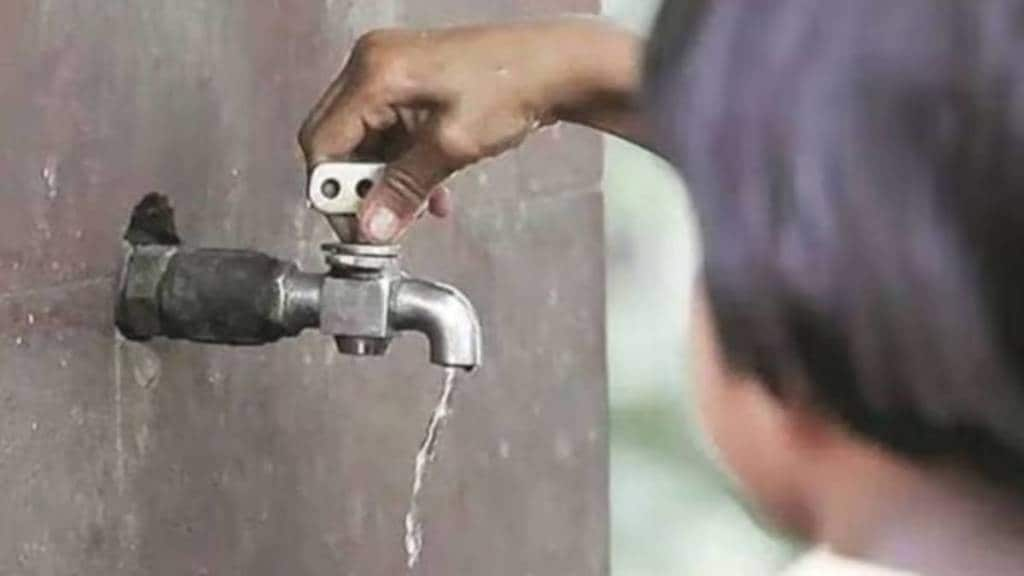Delhi’s water crisis has taken a severe turn with the Yamuna river’s water level at the Wazirabad pond falling to a record low of 668.7 feet—well below the normal 674-foot mark. This alarming drop has led to a 25-30% reduction in water production at two major treatment plants Chandrawal and Wazirabad causing daily supply to fall by 100-150 MGD, according to an India Today report. Delhi water crisis.
The impact of this shortage is being felt in major parts of Delhi, including central and south Delhi. Localities such as ITO, Defence Colony, Greater Kailash, Civil Lines, ISBT, Shalimar Bagh, South Extension, Model Town, and Jahangirpuri are expected to experience low water pressure.
Following this, authorities have urged residents to use water judiciously, assuring that remedial measures are being undertaken to manage the crisis.
New water treatment plants on the way
In response, the Delhi government has announced plans to install Common Effluent Treatment Plants (CETPs) in 27 redevelopment zones by the end of the year. These will target unorganised industrial areas like Samaypur Badli, Dilshad Garden, and Anand Prabhat, which have long been discharging untreated waste—including heavy metals—into stormwater drains and ultimately the Yamuna.
Delhi currently has 13 CETPs covering 17 industrial areas. However, most of them are outdated and inefficient. Water activist Varun Gulati noted that many CETPs are privately managed and routinely fail to meet regulatory treatment standards. “This promise was made in 2012, and 13 years later, the work hasn’t even begun,” he told PTI.
During a recent meeting between state and central government officials, it was agreed that tackling untreated industrial effluents is a top environmental priority. A drone-based survey is now underway to identify encroachments along major drains. The goal is to restore flow and reduce toxic discharge into the Yamuna.


